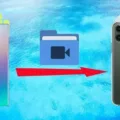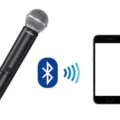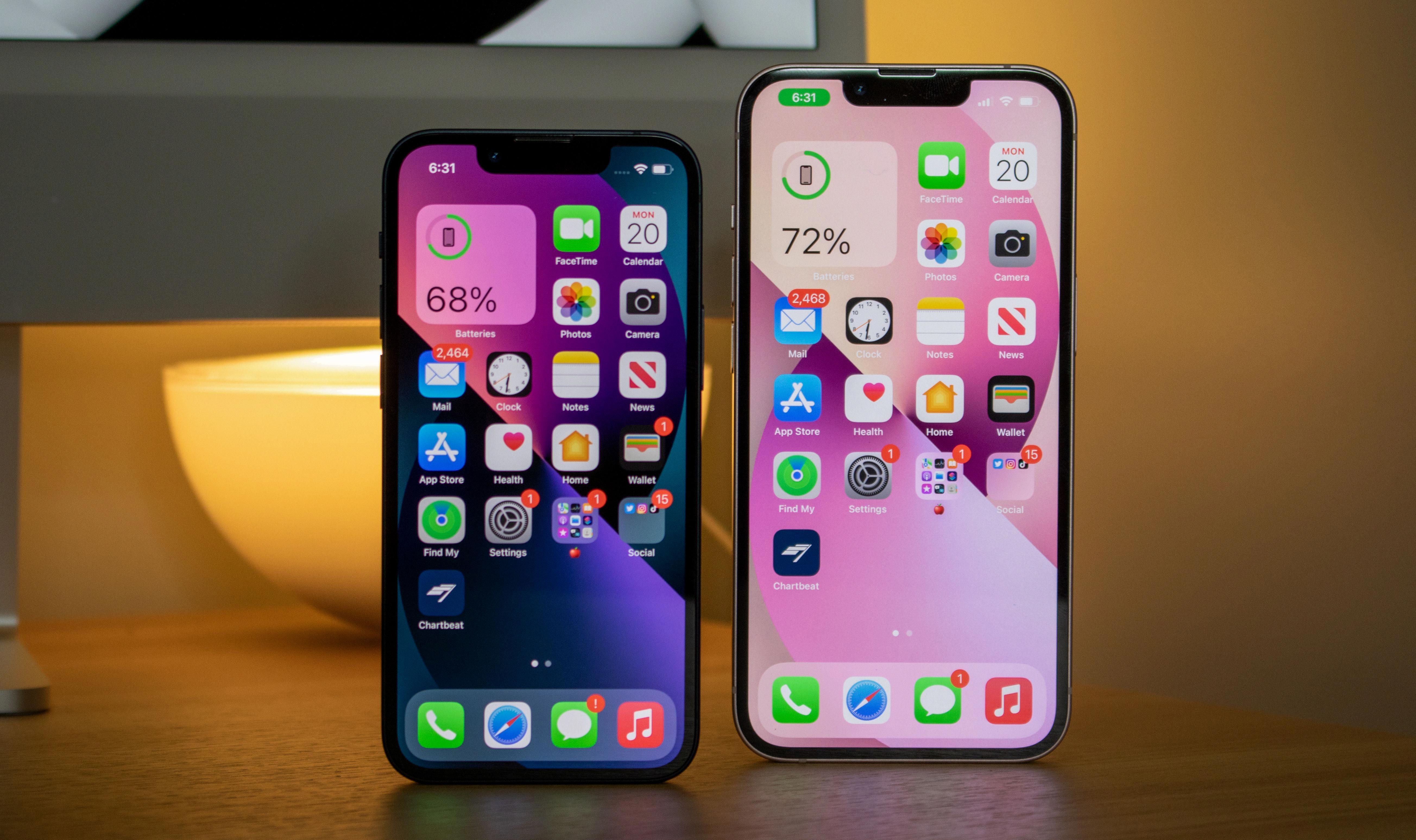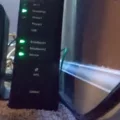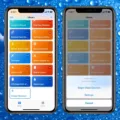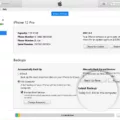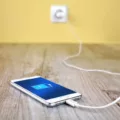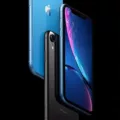In today’s world, touch screens are an essential part of our daily lives. We use them on our smartphones, tablets, laptops, and even on our cars. These screens are convenient, intuitive, and easy to use. But what happens if they come into contact with water? Can water damage touch screens? The answer is yes, water can damage touch screens. Let’s take a closer look at how.
How do touch screens work?
Before we dive into the effects of water damage on touch screens, let’s first understand how these screens work. A touch screen is essentially a thin, transparent layer of conductive material that sits on top of a display screen. When you touch the screen, your finger or stylus completes an electrical circuit that sends a signal to the device’s processor. The processor then interprets the signal and executes the command.
Can water damage touch screens?
Water can damage touch screens. When water comes into contact with a touch screen, it can create a short circuit between the conductive layer and the device’s processor. This short circuit can cause the device to malfunction or even stop working altogether. The severity of the damage depends on several factors, such as the amount of water that has come into contact with the screen, the duration of the exposure, and the type of device.
What are the signs of water damage on touch screens?
If your touch screen has come into contact with water, there are several signs that you can look out for. These include:
1. The screen becomes unresponsive or erratic.
2. The screen displays unusual or distorted images.
3. There are water droplets or moisture visible under the screen.
4. The device’s battery drains faster than usual.
5. The device restarts or shuts down unexpectedly.
What can you do to prevent water damage on touch screens?
Prevention is always better than cure. Here are some tips to help you prevent water damage on touch screens:
1. Avoid using your device near water sources, such as pools, lakes, or oceans.
2. Use a protective case or cover to shield your device from potential water damage.
3. Keep your device away from humid environments.
4. Do not use your device with wet hands.
What should you do if your touch screen has been damaged by water?
If your touch screen has been damaged by water, the first thing you should do is turn off the device and remove the battery (if possible). Then, place the device in a dry place and let it dry completely. You can also use silica gel packets to absorb the moisture. Once the device is completely dry, you can try turning it on. If it doesn’t turn on, you may need to take it to a professional for repair.
Water can damage touch screens. It is important to take precautions to prevent water damage and to act quickly if your device has been exposed to water. By following the tips above, you can help protect your touchscreen device from potential water damage.
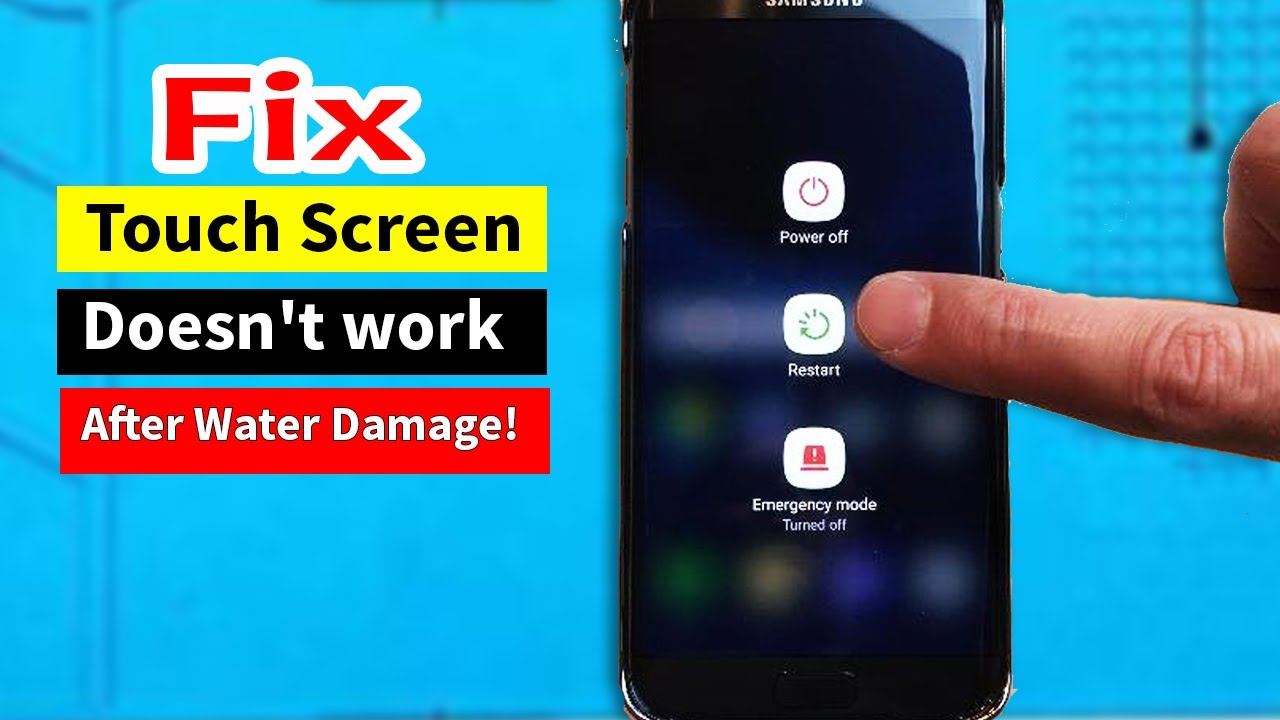
How Do You Fix A Water Damaged Touch Screen Phone?
To fix a water-damaged touchscreen phone, follow these steps:
1. Turn off the phone: The first thing you should do is turn off the phone and remove the battery, if possible. This will prevent any further damage to the phone’s internal components.
2. Wipe the phone: Use a soft cloth or towel to wipe the phone and remove any excess water. Avoid using a hairdryer, as the heat can damage the phone’s components.
3. Bury the phone in silica gel packets: Fill a plastic zip-top bag with silica gel packets and bury the phone in the bag. Leave your phone in the bag for 24–48 hours. Silica gel packets absorb moisture, so this step will help to dry out the phone.
4. Test the phone: After you’ve allowed your phone to fully dry, switch it on. If it doesn’t turn on right away, charge it fully and try again.
5. Consider professional repair: If the phone still doesn’t work, you may need to take it to a professional repair shop. They will have the tools and expertise to fix any internal damage that may have occurred due to the water damage.
It’s important to act quickly when your phone gets wet to prevent any permanent damage. Following these steps can help to fix a water-damaged touchscreen phone.
Will Water Damaged Screen Fix Itself?
A water-damaged screen cannot fix itself. Once a screen has been damaged by water, it can lead to various issues such as discoloration, flickering, or even total failure of the screen. It is essential to take immediate action if your phone has been exposed to water to prevent further damage. The longer the water remains inside the phone, the more damage it can cause to the internal components. In some cases, the screen may continue to work for some time after the initial water exposure, but it is not a permanent solution. It is crucial to seek professional help to repair the water damage to your phone’s screen to ensure it functions correctly.
How Can You Tell If Your Screen Has Water Damage?
To identify if your screen has water damage, there are several signs that you can look out for. The most common sign is the presence of water spots or discoloration on the screen, which can appear as blotches or streaks. Additionally, if the screen has been exposed to water for a prolonged period, you may notice a hazy or foggy appearance, as well as a loss of clarity and definition.
Another indicator of water damage is the presence of moisture under the screen, which can cause the display to flicker or become unresponsive. You may also notice that the touch screen is not working properly, or that certain areas of the screen are not responding to touch.
In some cases, you may also notice corrosion or rust on the screen, particularly around the edges or corners. This can be a sign that water has penetrated the device and caused damage to the internal components.
To sum up, if you notice any of these signs, it is likely that your screen has been damaged by water. In such cases, it is important to take your device to a professional technician immediately to prevent further damage and increase the chances of a successful repair.
Conclusion
In conclusion, touch screens have revolutionized the way we interact with technology, making it more intuitive and user-friendly. From smartphones and tablets to ATMs and self-service kiosks, touch screens have become ubiquitous in our daily lives. However, they are also vulnerable to damage, especially from water exposure. If your touchscreen device gets wet, it’s important to act quickly and follow the proper steps to dry it out and prevent further damage. By taking the necessary precautions, you can prolong the lifespan of your touchscreen device and ensure that it continues to function smoothly.

